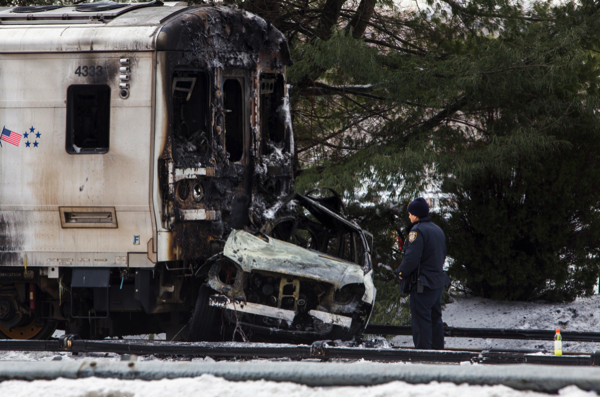Monday Accident & Lessons Learned: Errors Under Pressure – What are the Odds?

Here’s a description of an car/train accident:
How could things go from a minor error and fender bender to a multi-fatality accident?
It happens when someone makes a bad decision under pressure.
Don’t think it couldn’t happen to you. Even with good training and good human factors design, under high stress, people do things that seem stupid when investigating an accident (looking at what happened in the calm light of the post accident investigation).
Often, the people reacting in a stressful situation aren’t well trained and may have poor displays, poor visibility, or other distractions. Their chance of choosing the right action? About 50/50. That’s right, they could flip a coin and it would be just as effective as their brain in deciding what to do in a high-stress situation.
LESSONS LEARNED
FIRST: Avoid decisions under high stress. In this case, KEEP OFF THE TRACKS!
Never stop on a railroad track even when no trains are coming.
That’s true for all hazards.
Stay out from under loads. Stay away from moving heavy equipment.
You get the idea.
Don’t put yourself in a position where you have to make a split-second decision.
SECOND: NEVER TRY TO BEAT A TRAIN or PULL IN FRONT OF A TRAIN.
Always back off the tracks if possible. This is true even if you hit the gate and dent your car.
FINALLY: Think about how this train accident could apply to hazards at your facility.
Are people at risk of having to make split-second decisions under stress?
If they do, or if it is possible, a serious accident could be just around the corner.
Try to remove the hazard if possible.
How could have the hazard been removed in this case?
An overpass or underpass for cars is one way.
Other ideas? Leave them below as comments.



